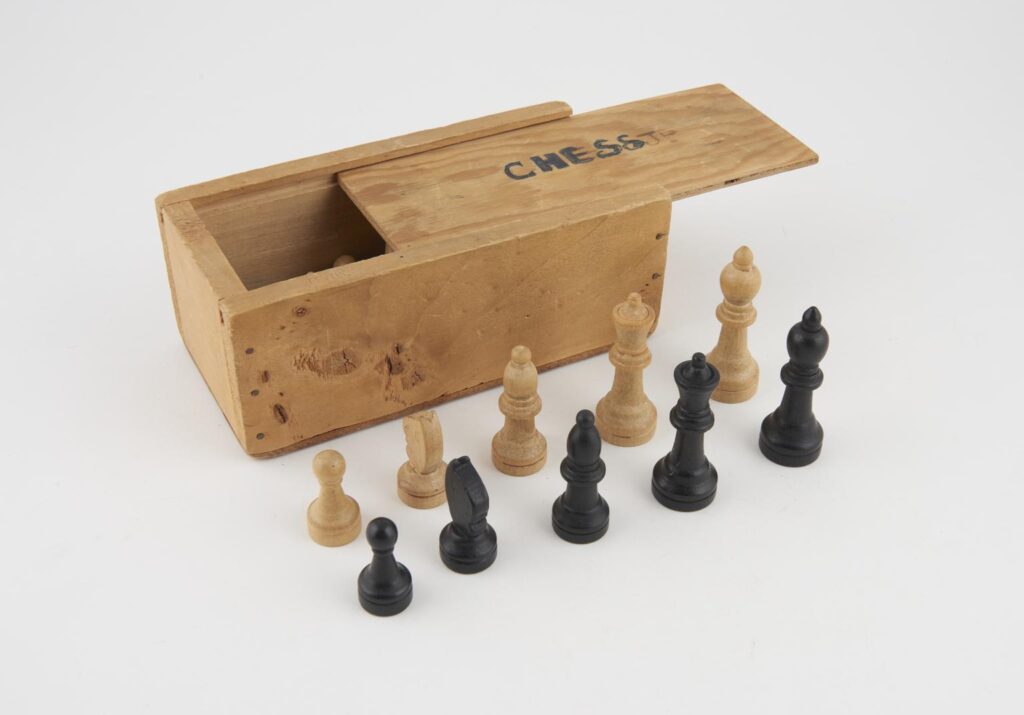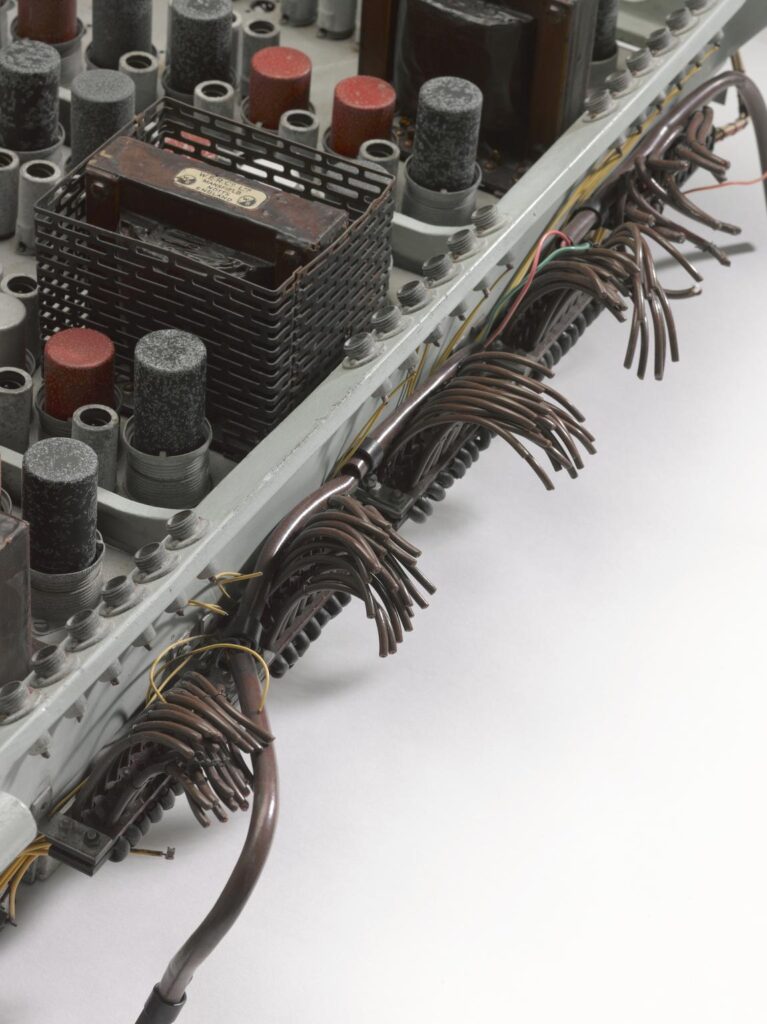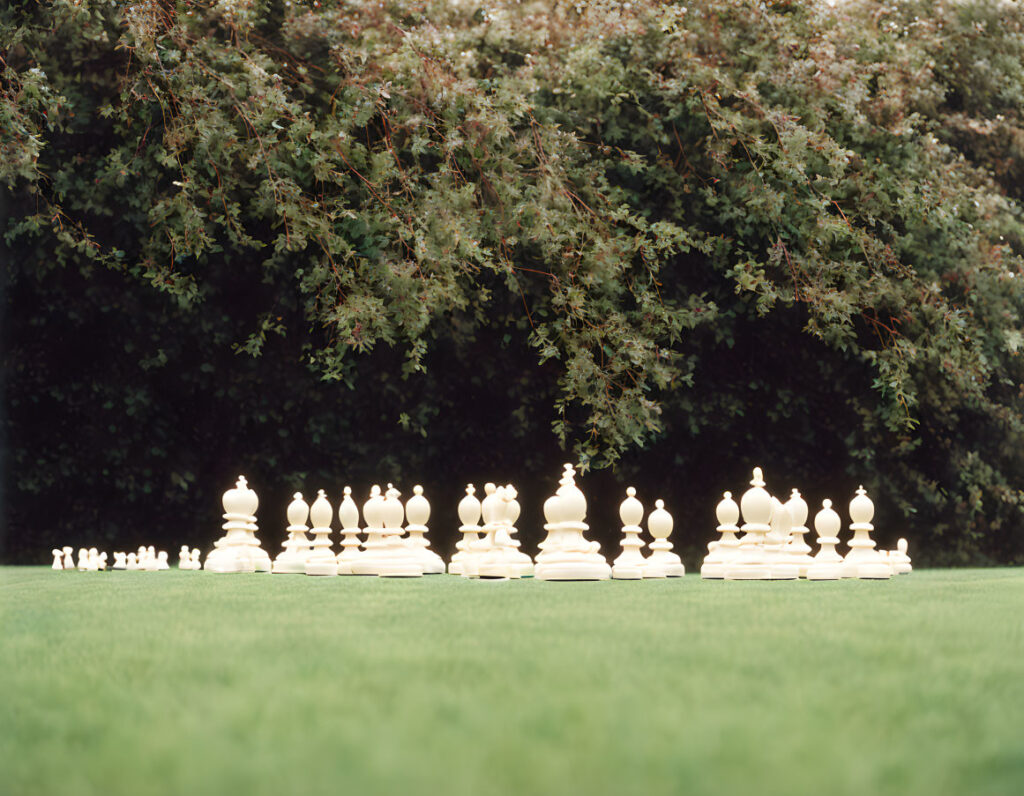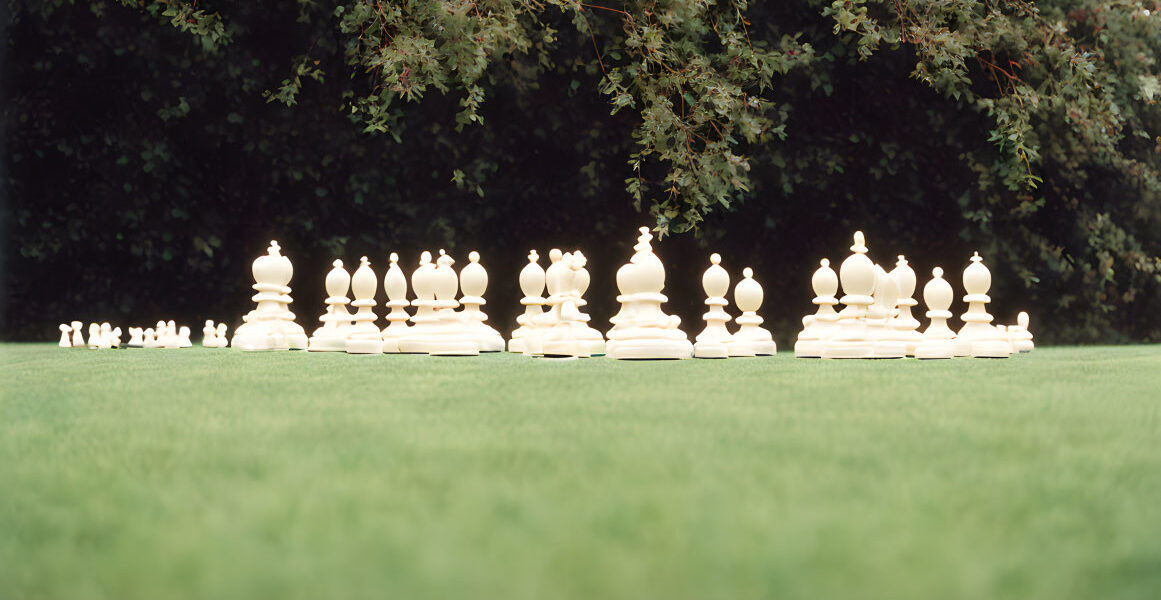The Deep Blue supercomputer made history when it won its chess matches against Garry Kasparov, the reigning world champion.
Today, you can play against computer programs, called “chess engines”, that would trounce Deep Blue and are widely available online. IBM Watson, which once won a game of the quiz show Jeopardy! against human champions, streamlines and automates tasks – and can even create recipes for you. You can generate art and even ask AI to generate text for you.
How did computers get this good? How do these world-changing inventions work? And what comes next?
Since machines could first outperform humans – or at least do our work for us faster – we’ve been thinking about what our world looks like when computers can do better than the best of us. Unlike people, computers never get tired, and they can perform calculations at lightning speed. They’re good at doing the work that we don’t want to do – but what happens when they get good at things that we consider essentially human, like playing games?
About 1500 years ago, chess evolved out of the Indian strategy game chaturanga. Since first spreading out of India, people around the world have seen it as a prestigious game, associated with refinement and intelligence. In the late nineteenth century, chess players started to shift their focus away from daring, stylish moves to more systematic, strategic gameplay. By the twentieth century, computer scientists saw chess as their test case for building a machine that could do more than just crunch numbers.

Early chess computers were fast, but prone to making mistakes that would cost them games. Human chess players still had the advantage of having learned chess theory – the centuries of observations made by the world’s best players. Still, they grew better and more popular.

Over the years chess computers got faster still, and better able to best human players. But they still couldn’t defeat world champions. Then came Deep Blue, a supercomputer built just for chess. As late as 1996, Kasparov could beat the young Deep Blue in a match. But by 1997, the computer could play chess in ways that spooked the World Champion – and could beat him.
The secrets to Deep Blue’s success lay not just in its speed – the supercomputer could perform hundreds of millions of calculations per second – but also in help from humans. Chess grandmaster Joel Benjamin worked with the Deep Blue team to help train the supercomputer to make the best moves. Similarly, IBM Watson is trained on millions of documents to learn how grammar rules work and to learn how to match up bits of text with each other. AI art generators look at the statistical associations between millions of different pictures. And ChatGPT – the technology that can dream up plot ideas, help with writer’s block, and even give writers feedback – has been trained on millions of documents. Behind every computer’s success is the effort of thousands of people.

Even though Deep Blue beat Kasparov, people still play chess. Even though IBM Watson won Jeopardy!, people still do quizzes. And even as AI develops, humans and computers are stronger working together than competing.
Keen to learn more about potential future uses of AI? Take a voyage, led by an AI guide and discover what a future with AI might look like in our blockbuster exhibition, Science Fiction: Voyage to the Edge of Imagination open at the Science Museum until 20 August 2023. Book your tickets now
